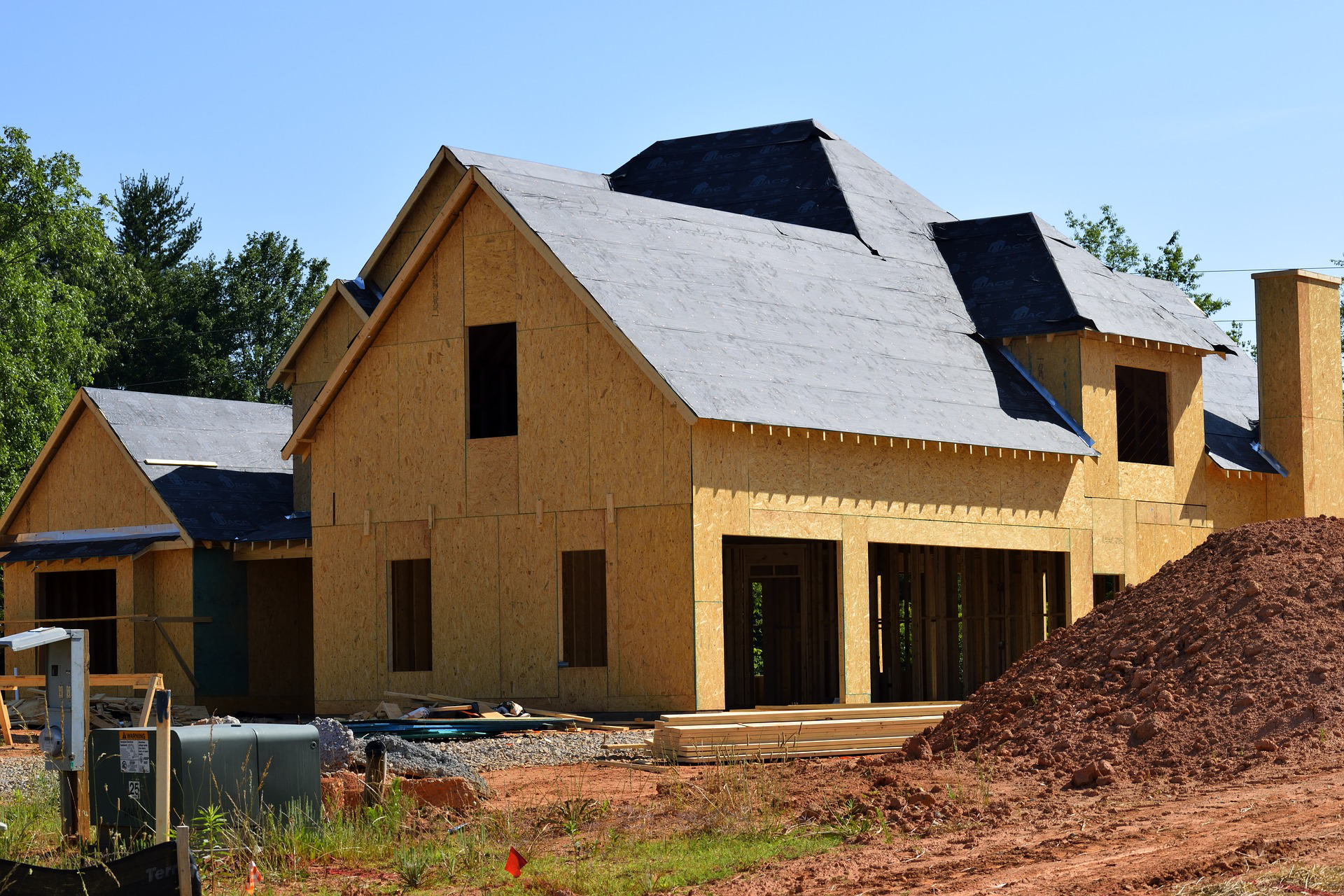
Dallas Housing Market: Four Things to Watch in 2019
By Phil Crone, JD, CGP, GSP
Executive Officer

Looking ahead, here are four things to watch in the year to come and why they matter.
1. Rumors of our demise will be greatly exaggerated.
While making for great “clickbait,” national stories proclaiming the forthcoming demise of the Dallas housing market will be greatly exaggerated. The reality is that we are moving from a frenzied and overheated market to a more normal one.
With DFW adding 100,000+ jobs year after year, builders struggled to keep up amidst a labor shortage of more than 20,000 workers, tariffs and local regulations. According to Metrostudy, the median new home price increased 56.2% from $197,800 to $331,000 between 2010 and 2017. The median resale price jumped by nearly the same percentage. Median household income only rose by 23.8 percent over that same time.
Couple those figures with rising interest rates and it’s obvious that affordability is the number one challenge facing our market. Watch for stories in the coming months focusing on pricing “declines” and a “cooling” job market.
Pricing declines are needed, and builders are responding to this already as best they can (more on that in a moment). A “cooling” job market simply means we will be under the 100,000 mark, but will continue to be one of the nation’s best job markets. Since homes are where the jobs sleep at night, that bodes well for housing. Don’t buy into the negativity.
2. New cities will become “hot spots.”
The DFW area is comprised of more than 200 municipalities. Each has different codes and ordinances that regulate housing. City leaders mold them to encourage the type of new resident they desire.
Some have a stated desire to keep home prices over $500,000 and an unstated desire of preventing those who cannot afford that from living there. Others do all they can to limit or prohibit multifamily construction. Concerns usually attributed to traffic often mask other unfounded concerns related to school ratings, crime and changing demographics.
Cities that embrace density, diversity and affordability will perform well. Those that don’t will cool off. Watch for vast differences from city to city in 2019. High home inventories with low lot inventories will indicate jurisdictions that are out of touch with the market. However, some publications will mischaracterize them as indicators of the entire market.
Watch for new communities to open in cities you may have barely heard of as builders look to deliver the sub-$350,000 homes our market desperately needs. Also, watch for a single-family redevelopment shift from a handful of north and east Dallas neighborhoods to cities such as Farmers Branch that offer generous grants and tax incentives for property owners to tear down and rebuild.
3. Dallas will have a unique opportunity.
Affordability is a common thread of this article because most of our opportunities and challenges center around it. This is more prevalent in the City of Dallas than anywhere else.
Popular opinion in leading publications is that there is a vast conspiracy among the housing industry and the development community to remove affordable housing from Dallas. The reality is, like other industries, home builders want as many potential buyers for their product as possible. Like any other product, costs incurred while producing a home are incorporated into its price. If city leaders would understand this fundamental premise, they’d solve a housing need that surrounding cities are unable or unwilling to do.
Mayor Rawlings, in my opinion, honestly wanted Dallas to succeed in “growing south.” However, willing the industry and community leaders to that goal while touting small successes is not enough.
When it comes to housing affordability, Dallas takes two steps backwards for every one forward. Its development processes present zero certainty in cost and duration. Regulations such as the newly revised tree ordinance, driven by North Dallas interests, have added hundreds of thousands of dollars to residential projects in the rest of the city. Many were rendered unfeasible thanks to the ordinance’s penalty for removing hackberry trees. Dallas needs a mayor (and a council) who understands its broken processes and has the political wherewithal to fix them. Solutions need to be methodical and not myopic.
Dallas has a unique opportunity to provide many of our area’s missing rooftops if they fix the fundamentals, push aside the regulatory hurdles and let builders build for the most underserved incomes in our market. Watch for development without displacement to occur if this is done.
4. DFW will remain a wonderful place to call home.
Our transition from frenzy to normalcy is cause for awareness, not alarm. Since 2010, our area has added more than one million new residents. Our unemployment rate is around 3.2 percent, which is effectively full employment (everyone who wants a job has a job). Of the 123 corporate headquarters that moved to Dallas since 2010, 43 relocated from California. In 2016 alone, nearly 300 of the 1,800 companies that left California moved to the Dallas area according to the Dallas Business Journal.
DFW’s strong job market is ironically a reason why we lost out on Amazon HQ2. Despite DFW having the fifth largest tech labor force in North America, Amazon was deterred by our lack of available talent with so many other companies already competing for employees. This bodes well for continued housing demand and wage growth in 2019 and beyond.